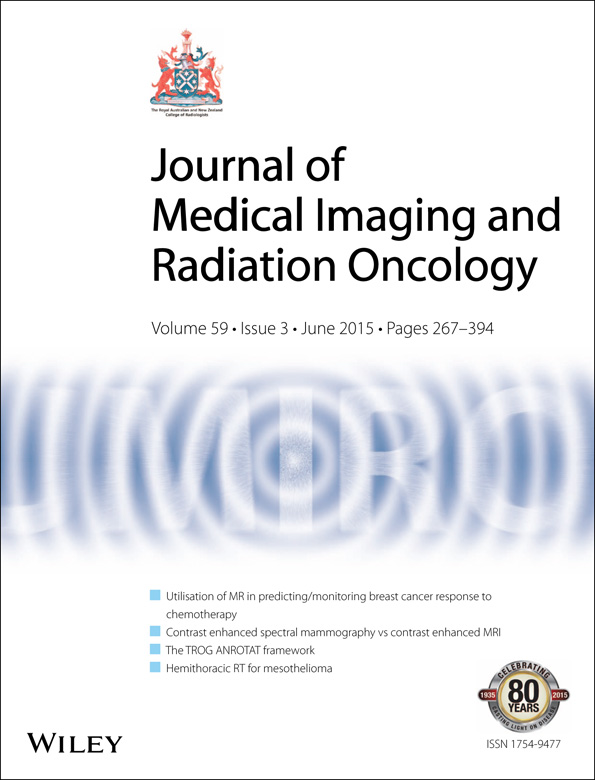Fluorodeoxyglucose positron emission tomography/computerized tomography in differentiated thyroid cancer management: Importance of clinical justification and value in predicting survival
Abstract
Introduction
The purpose of this study was to evaluate the added value of follow-up fluorodeoxyglucose positron emission tomography/computed tomography (FDG PET/CT) to clinical assessment and predicting survival outcome in patients with differentiated thyroid cancers.
Methods
This is an institutional review board approved, retrospective study of 202 biopsy-proven thyroid cancer patients at a single tertiary centre. A total of 327 follow-up or surveillance PET/CT scans done 6 or more months from initial treatment completion were included in this study. Median follow-up from completion of primary treatment was 94 months (range, 6.17–534.1 months). Overall survival benefit was measured using Kaplan–Meier plots with a Mantel–Cox log-rank test. Multivariate Cox regression model is provided with clinical covariates.
Results
Of the 327 PET/CT scans from 202 patients, 161 were positive and 166 as negative for recurrence or metastasis. A total of 23 patients died during the study period. Patients with a positive PET/CT scan had shorter overall survival than those who had a negative scan (P < 0.0001, hazard ratio 6.1 (3.0–14.3) ). In the context of clinical assessment, PET/CT identified recurrence in 50% (25/50) of scans without prior clinical suspicion and ruled out recurrence in 36.8% (102/277) of scans with prior clinical suspicion. In a multivariate Cox regression model, factors associated with overall survival were stage (P < 0.0001), time to scan (P = 0.0005) and PET/CT result (P < 0.0001).
Conclusion
FDG PET/CT performed in follow-up more than 6 months from primary treatment completion adds value to clinical judgment and a prognostic marker of overall survival in thyroid cancer patients.




